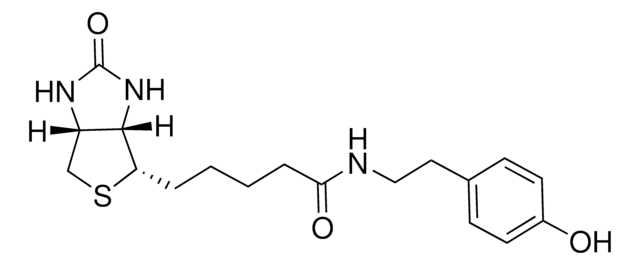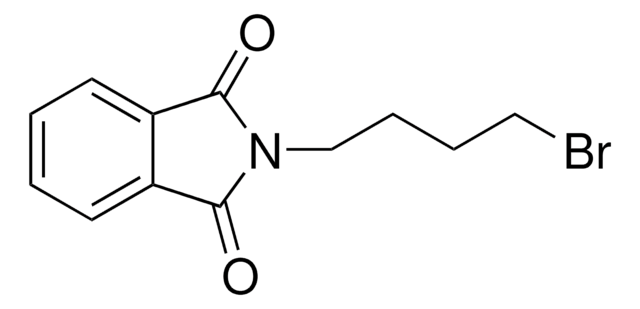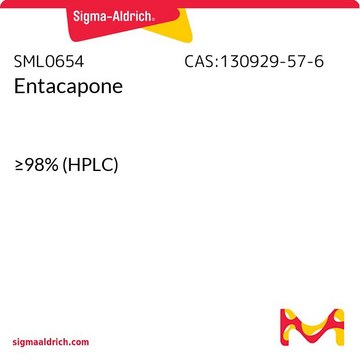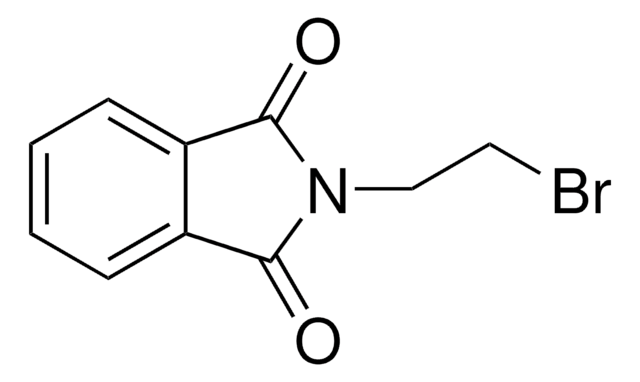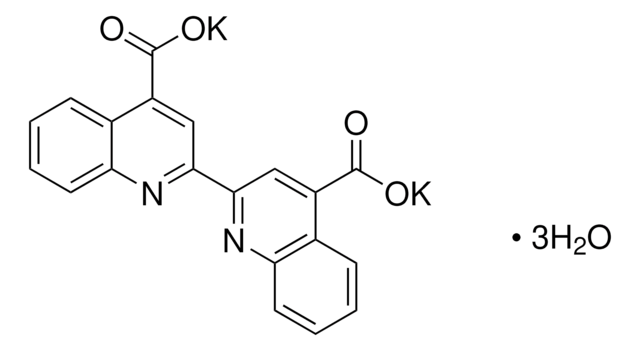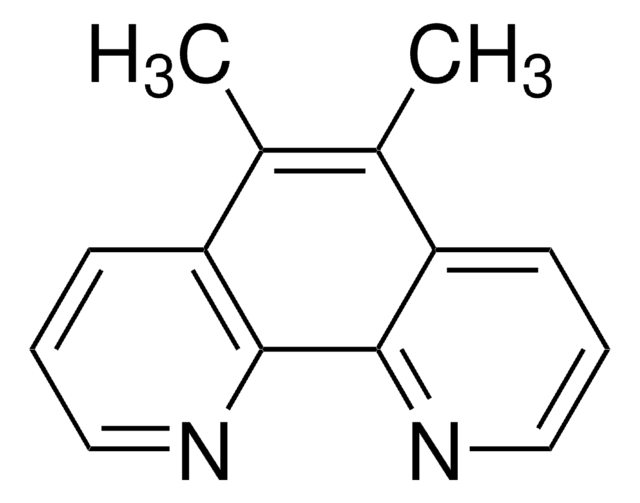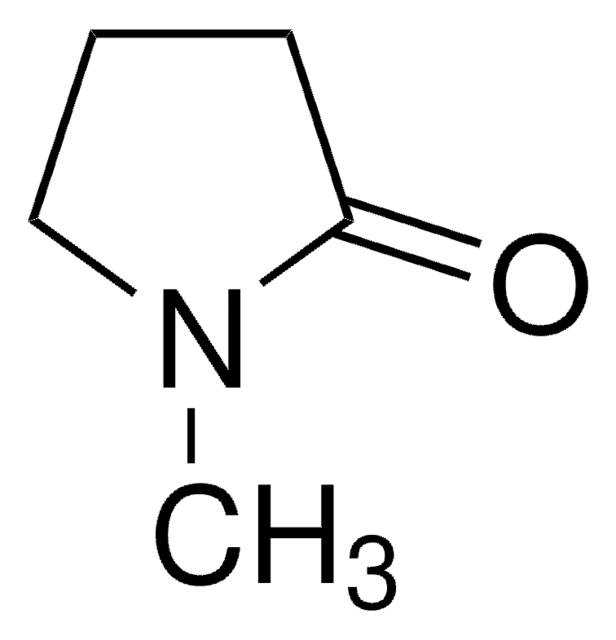914711
8-Biotinylamido-3,6-dioxaoctanoic acid
≥95%
Synonym(s):
8-Biotinylamido-3,6-dioxaoctanoic acid, Acid-terminated biotin linker, Biotin-O2Oc-OH, Biotinyl-AEEA, Biotinyl-Ado-OH, Biotinylation reagent
Sign Into View Organizational & Contract Pricing
All Photos(1)
About This Item
Empirical Formula (Hill Notation):
C16H27N3O6S
CAS Number:
Molecular Weight:
389.47
UNSPSC Code:
12352106
Recommended Products
Assay
≥95%
form
powder
storage temp.
−20°C
Application
8-Biotinylamido-3,6-dioxaoctanoic acid is a versatile biotinylated linker that can be incorporated into chemical tools via its terminal amino group. Labeling materials or proteins with biotin provides a means to enrich and capture targets from biological systems.
Automate your Biotin tagging with Synple Automated Synthesis Platform (SYNPLE-SC002)
Automate your Biotin tagging with Synple Automated Synthesis Platform (SYNPLE-SC002)
related product
Product No.
Description
Pricing
Storage Class Code
11 - Combustible Solids
WGK
WGK 3
Flash Point(F)
Not applicable
Flash Point(C)
Not applicable
Regulatory Information
新产品
Choose from one of the most recent versions:
Certificates of Analysis (COA)
Lot/Batch Number
Sorry, we don't have COAs for this product available online at this time.
If you need assistance, please contact Customer Support.
Already Own This Product?
Find documentation for the products that you have recently purchased in the Document Library.
Design and synthesis of biotinylated cardiac glycosides for probing Nur77 protein inducting pathway.
Dan-Mei Tian et al.
Bioorganic & medicinal chemistry letters, 29(5), 707-712 (2019-01-24)
The orphan nuclear receptor Nur77 (also known as TR3 or nerve growth factor-induced clone B NGFI-B) functions as a nuclear transcription factor in the regulation of target gene expression and plays a critical role in the regulation of differentiation, proliferation
Ayaka Miyachi et al.
Chemistry (Weinheim an der Bergstrasse, Germany), 16(22), 6644-6650 (2010-04-27)
Self-assembly of peptides and proteins is a key feature of biological functions. Short amphiphilic peptides designed with a beta-sheet structure can form sophisticated nanofiber structures, and the fibers are available as nanomaterials for arranging biomolecules. Peptide FI (H-PKFKIIEFEP-OH) self-assembles into
Our team of scientists has experience in all areas of research including Life Science, Material Science, Chemical Synthesis, Chromatography, Analytical and many others.
Contact Technical Service